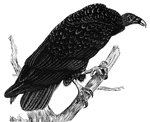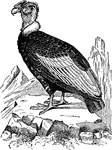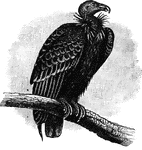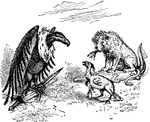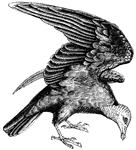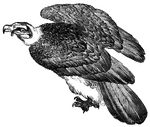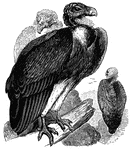Clipart tagged: ‘vulture’
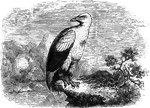
Vulture Hawk
Genus Gypohierax, is about the size of a goose, and is found in Western Africa, particularly…
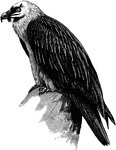
L&emumlmmergeier
"Gypaëtus barbatus, the magnificent L&emumlmmergeier, is greyish-black with white streaks, and has…

Lammergeier
The largest bird of prey native to Europe. Found in the lofty mountains of southern Eurasia and northern…

Lammergeyer
The lammergeyer (Swiss for "lamb-killer") is a member of the vulture family, but has a notably feathered…

Vulturine Pie
A bird around 16 inches in length with a 7 inch tail. The head is bald and a bright yellow color. The…
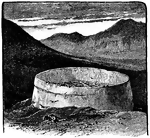
Tower of Silence Built by the Parsees
"A tower, generally built about 25 feet high, on which the Parsees expose the bodies of their dead to…

Vulture
Tangrams, invented by the Chinese, are used to develop geometric thinking and spatial sense. Seven figures…

Vulture
Tangrams, invented by the Chinese, are used to develop geometric thinking and spatial sense. Seven figures…

Vulture
Tangrams, invented by the Chinese, are used to develop geometric thinking and spatial sense. Seven figures…

Vulture
Tangrams, invented by the Chinese, are used to develop geometric thinking and spatial sense. Seven figures…

Vulture Skeleton
"Skeleton of Egyptian Vulture. (Neophron percnopterus), to show bones of bird. a, post-orbital process;…
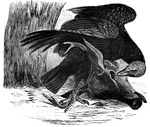
Black Vulture
Genus Coragyps, about the size of a small turkey. This one is feeding on a cow's head.
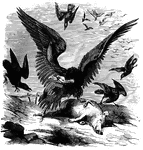
Black Vulture
Black vulture (or carrion crow), genus Coragyps, about the size of a small turkey. This group…

Brown Vulture
V. cinercus, native to the mountainous regions of Europe. It feeds exclusively on carrion.
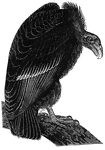
California Vulture
C. Californianus, a large species of vulture, found only on the western side of the Rocky Mountains,…
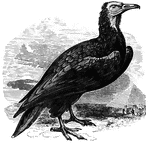
Egyptian Vulture
N. percnopterus, common to Africa, sometimes found in Southern Europe and in Asia. Males and…
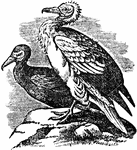
Egyptian Vulture
"One of the smaller Vulturidae, of a genus differing from the true vultures in the slender bill, which…
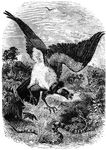
King Vulture
Genus sarcoramphus, a large vulture found in the tropical regions of the Americas, sometimes…
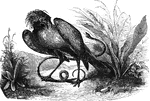
Secretary Vulture
G. serpentarius, known as the serpent vulture because it feeds on snakes. It has a distinctive…

Turkey Vulture
The Turkey vulture is found over the whole United States, but is more numerous in the southern region…

Turkey Vulture
Vultures are carrion eaters. The head and neck are usually bare, and the bill and claws weaker than…

Vultures
Genus Vulture, posess keen eyesight and a sense of smell for locating carcasses. Vultures feed…
